Ho Chi Minh had many faces. He was a politician, a leader, a terrorist, a hero, an enemy, a friend, a writer, a soldier, a journalist, a revolutionary, a student, and an uncle (Uncle Ho to many Vietnamese).
Like it’s namesake, Ho Chi Minh City has many faces: war (War Remnants Museum, Reunification Palace), beauty (Opera House, Fine Arts Museum, Central Post Office building), traffic (everywhere!), wealth (0.6% of Vietnam’s land area, but 21% of its GDP), poverty (any alleyway with people living in tiny one-room apartments with sometimes shared sinks and showers), growth (the population more than doubled in the past 20 years), history (formally Saigon and the capital of French Indochina), and good food (everywhere!).
Just like most of SE Asia, sidewalks aren’t just for pedestrians.

This is not a parking lot, it’s actually cars trying to turn left and scooters squeezing in front of them until the very last second possible.

Sometimes those intense traffic calculations don’t work out so well.

Having tea and snacks in the middle of the sidewalk. The restaurant proprietor in black is hustling orders from his stand across the street (and through the continuous traffic) to these customers.

There’s a surprising amount of Christmas decorations up throughout the city.




A typical local coffee shop with customers relaxing on small chairs out into the sidewalk.
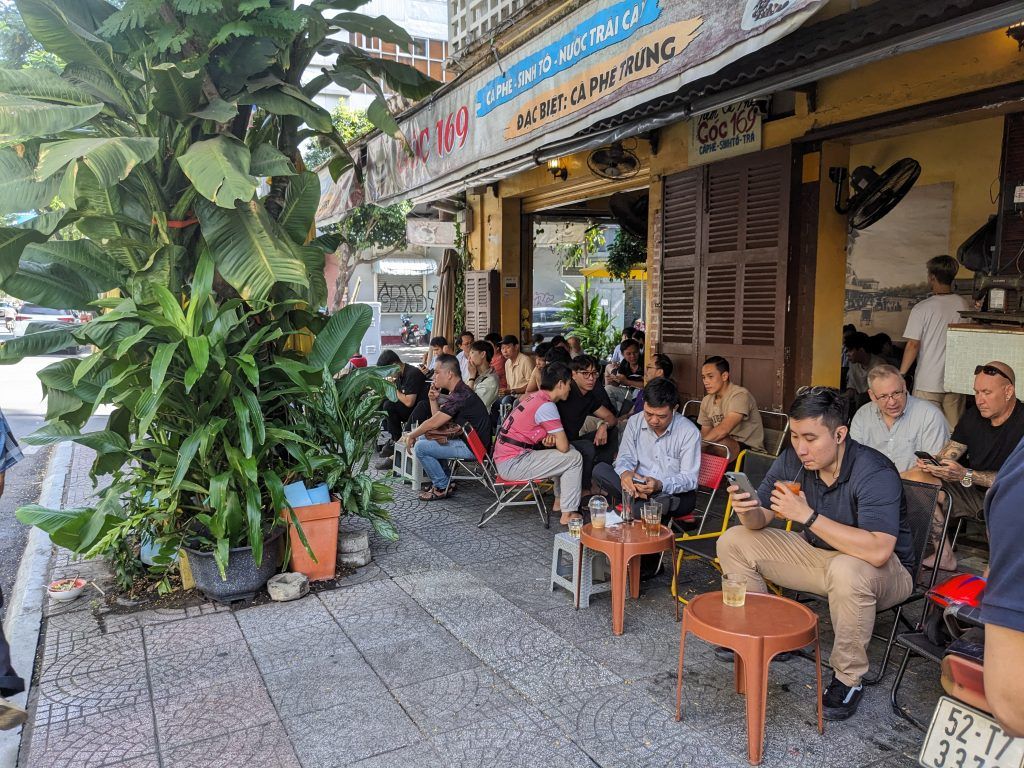





Bui Vien Street is the main street for nightlife. It used to be a series of bars inhabited by a lot of foreign backpackers. Now it’s full of loud, intense clubs and and seems to cater to Vietnamese more than broke Western backpackers. My friends said it’s changed a lot since they’d been there six years ago.

The Post Office Building was built by the French and is still in use.


The Jade Emperor Pagoda is a small, beautiful Buddhist temple built just over 100 years ago.


Saigon Opera House
The Saigon Opera House was built over 100 years ago and the first show there was a French production in 1900. It was refurbished in 1998 and it’s a beautiful place to watch a show.


The Opera House was in the one of the most enchanting parts of town.
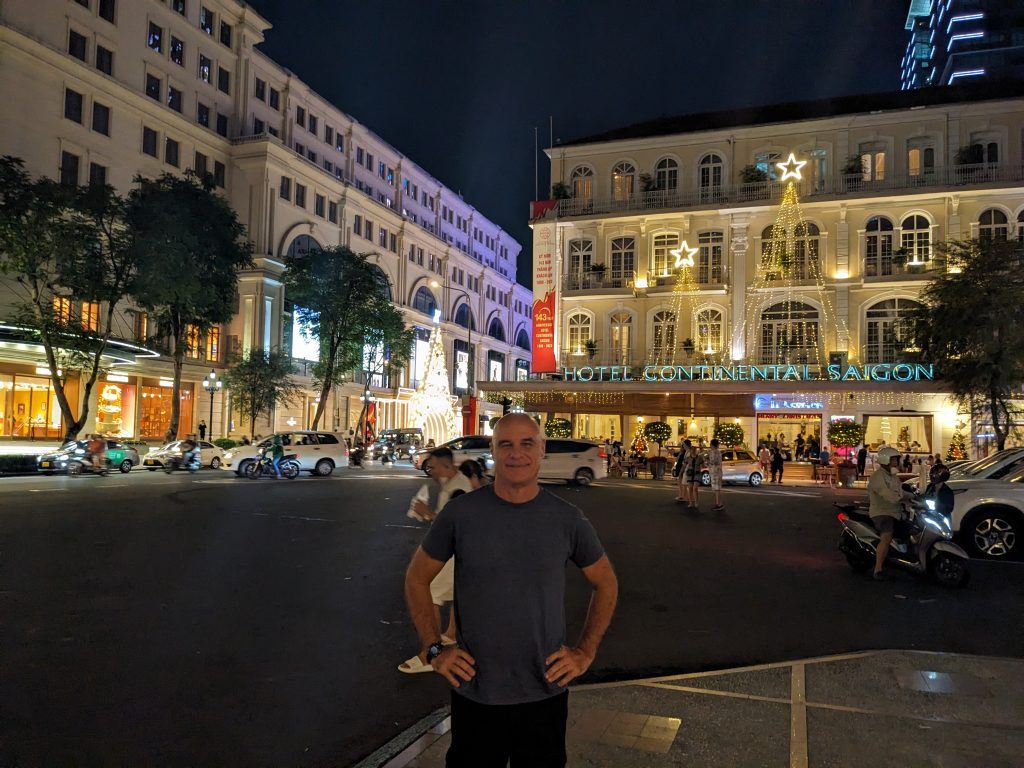
Two American friends and I saw the Vietnamese Bamboo Circus perform their AO Show there on Christmas night. It was an amazing combination of acrobatics, dancing and comedy skits.

They wouldn’t let anyone film or take pictures of the show, so I’ve linked to their official trailer below. You can get a glimpse of how unique this performace is.
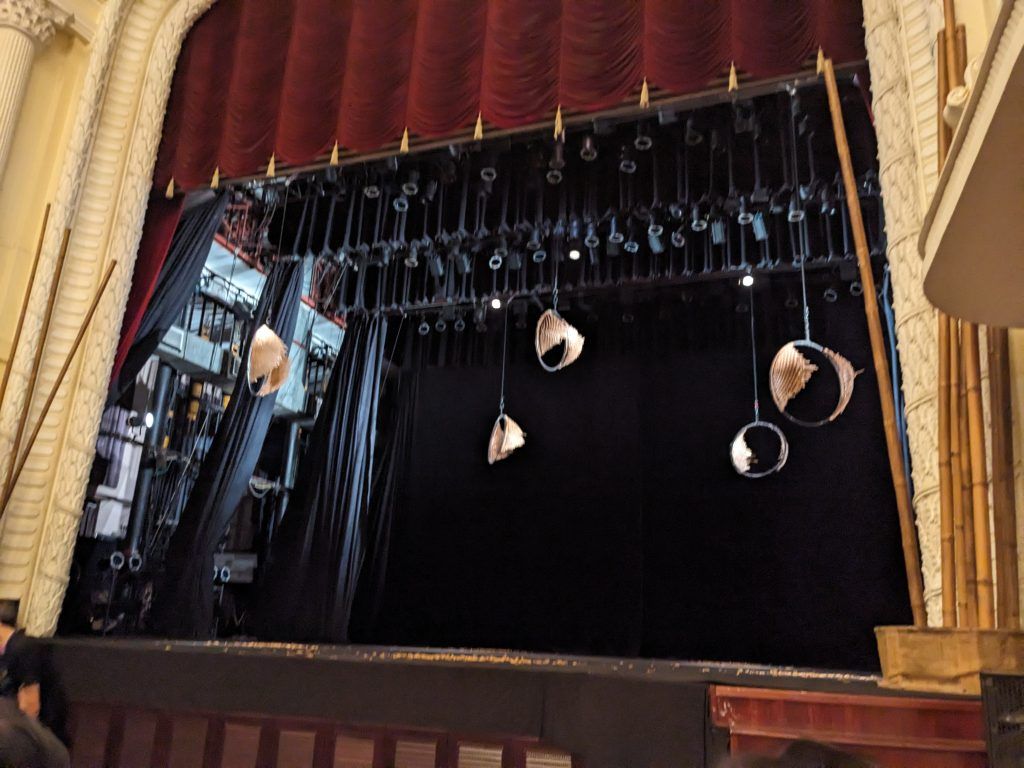
Bitexco Financial Tower
The Bitexco Financial Tower was built to resemble a lotus flower. It’s one of the landmarks of the Ho Chi Minh city’s skyline.

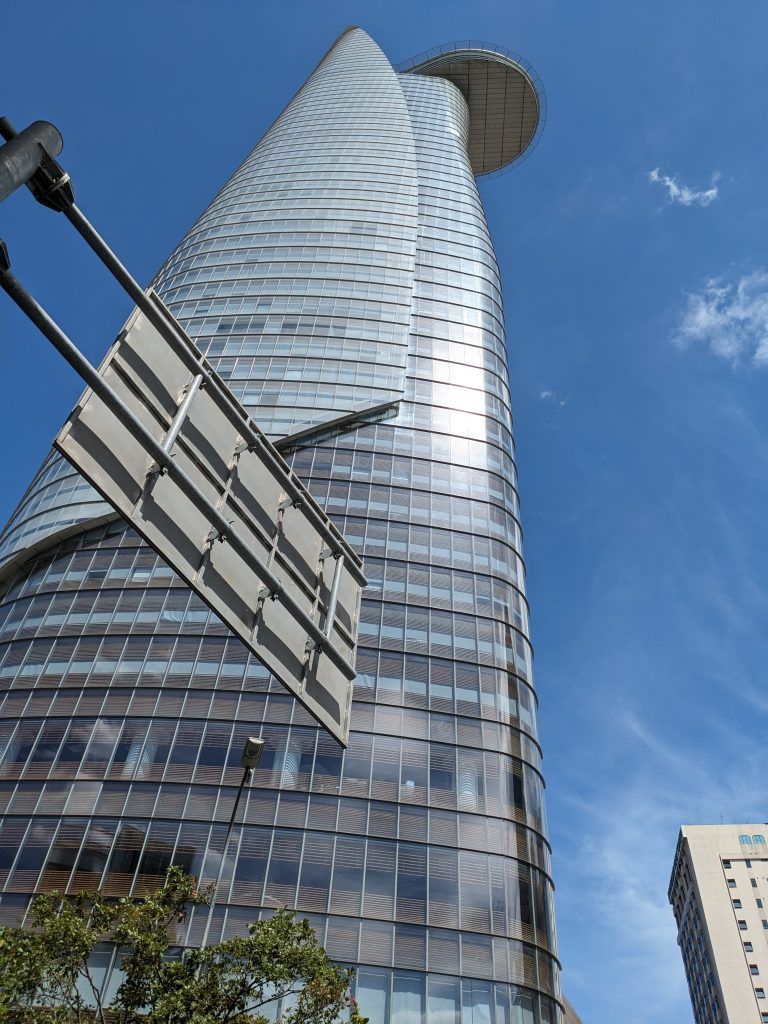
It has a very nice observation room where you can get a 360 degree view of the city.
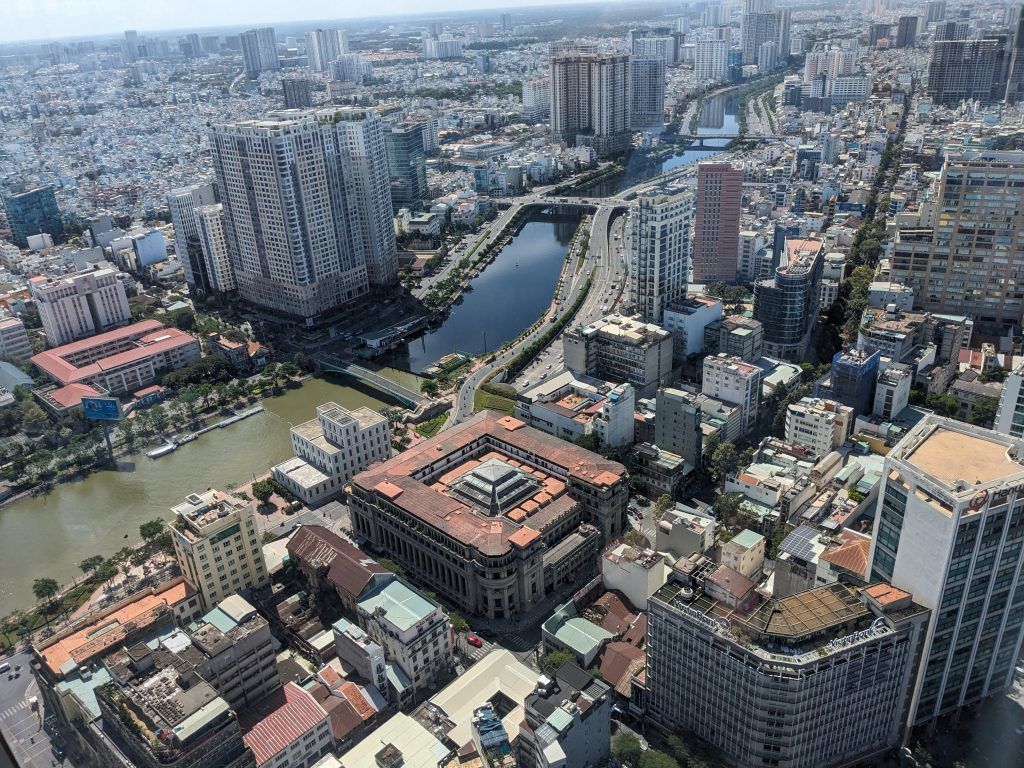
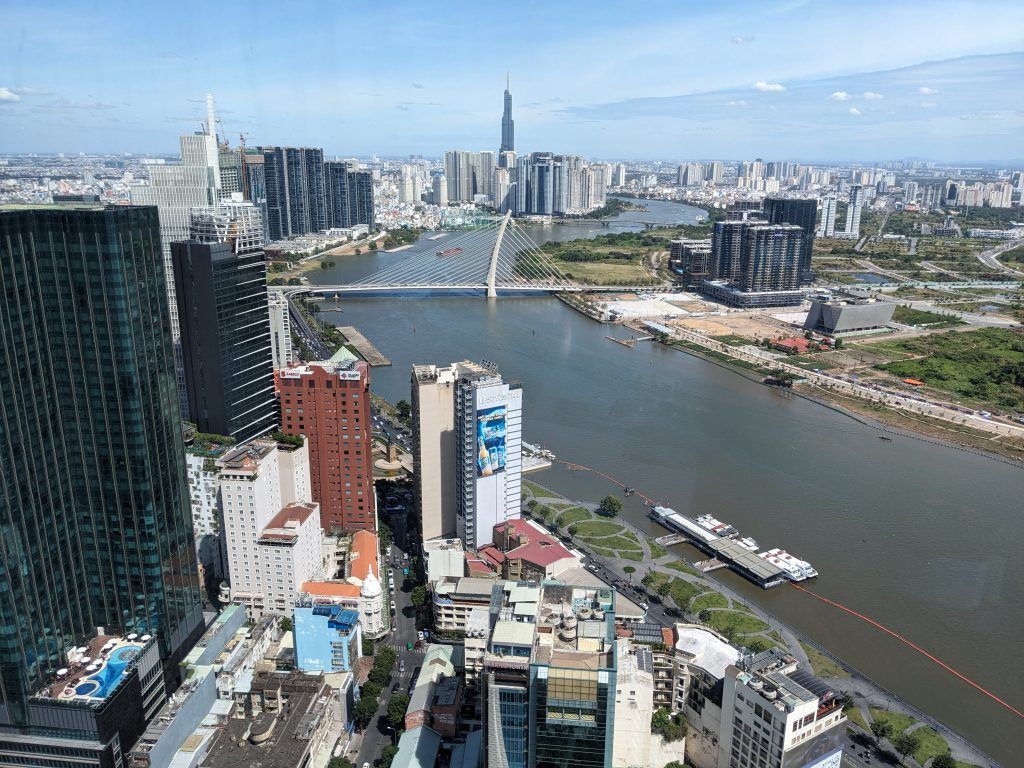


War Remnants Museum
Housed in the former US Information Services building this museum documents the mid-20th century warfare in Vietnam. It has a fascinating naming history. It was originally called the Exhibition House for US and Puppet Crimes, then after the border war with China, became Museum of Chinese and American War Crimes. In 1990 it became the Exhibition House for Crimes of War and Aggression. Finally as relations normalized with the US, it changed to its current name of the War Remnants Museum.
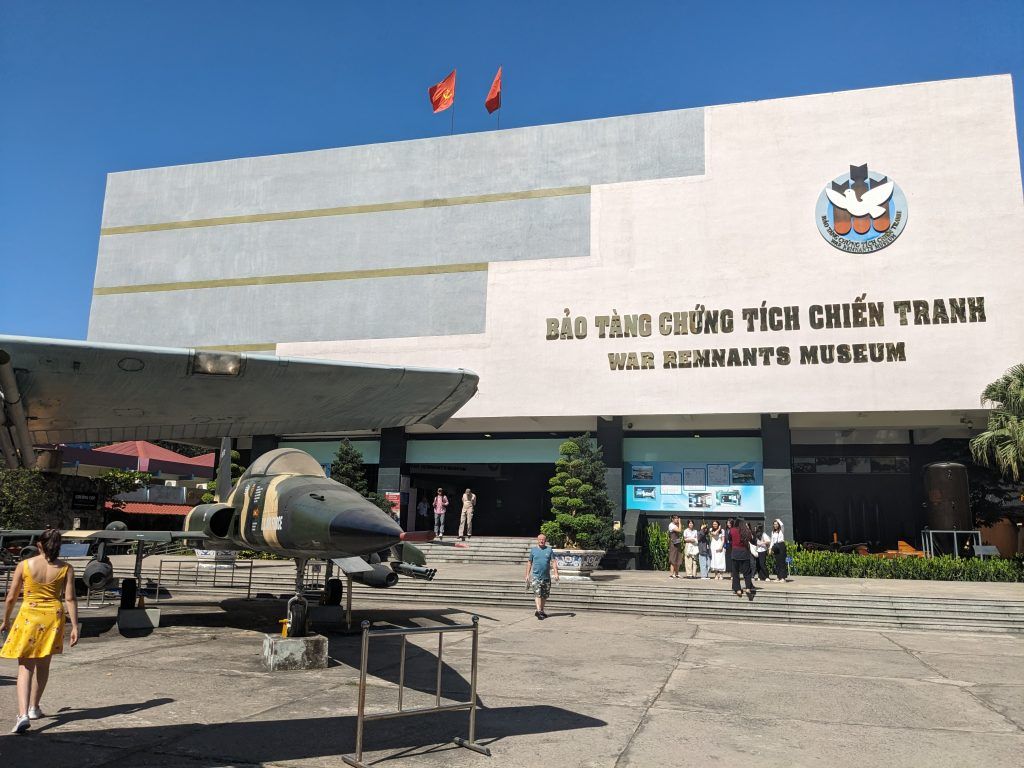
As you enter you see a score of former American military equipment.

Then you enter and there’s three floors of rooms on the US bombing, the affects of Agent Orange, the affects of landmines, the history of global activism against the war and various other aspects of the war.

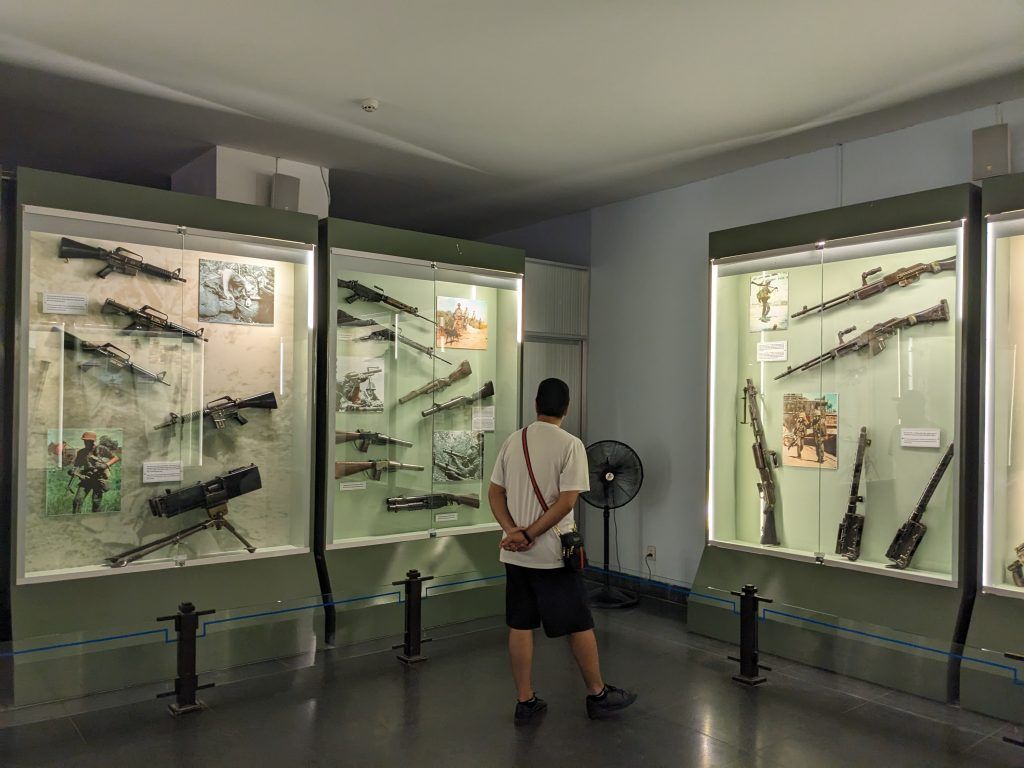
The most interesting collection is the Requiem room which documents the coverage and sacrifices made by reporters on both sides of the war. As you can see it’s sponsored by the State of Kentucky and a number of American corporations and charities.


The saddest part is the extensive section on the huge prison system developed by the French and then expanded by the South Vietnamese and funded by the US.
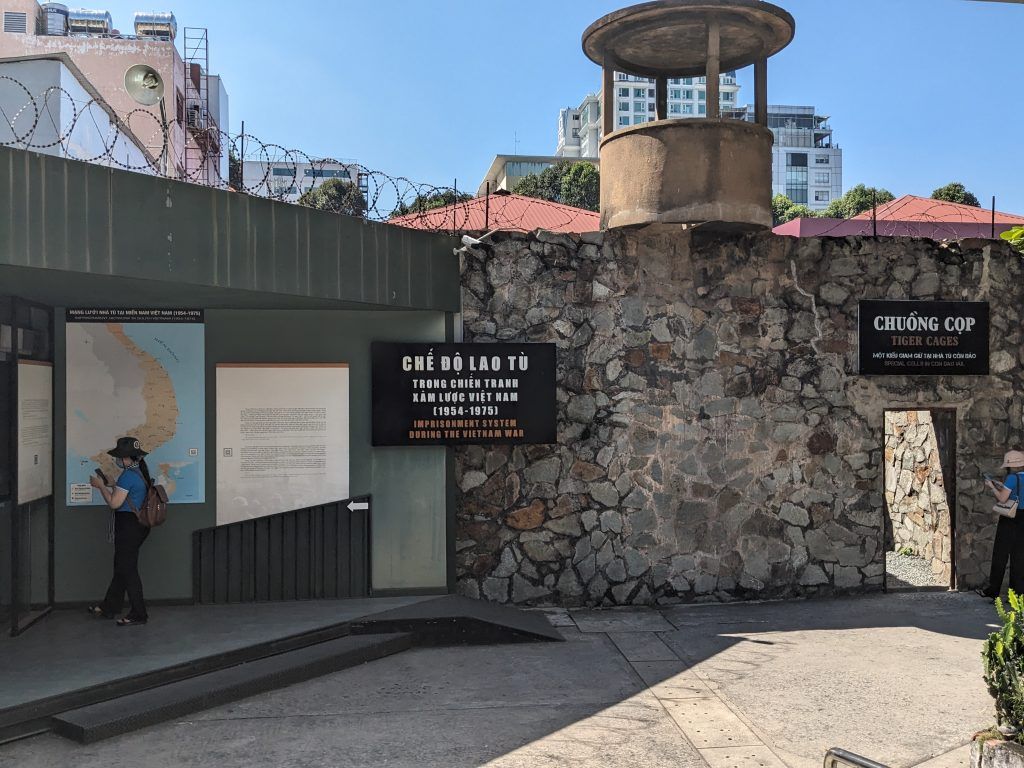

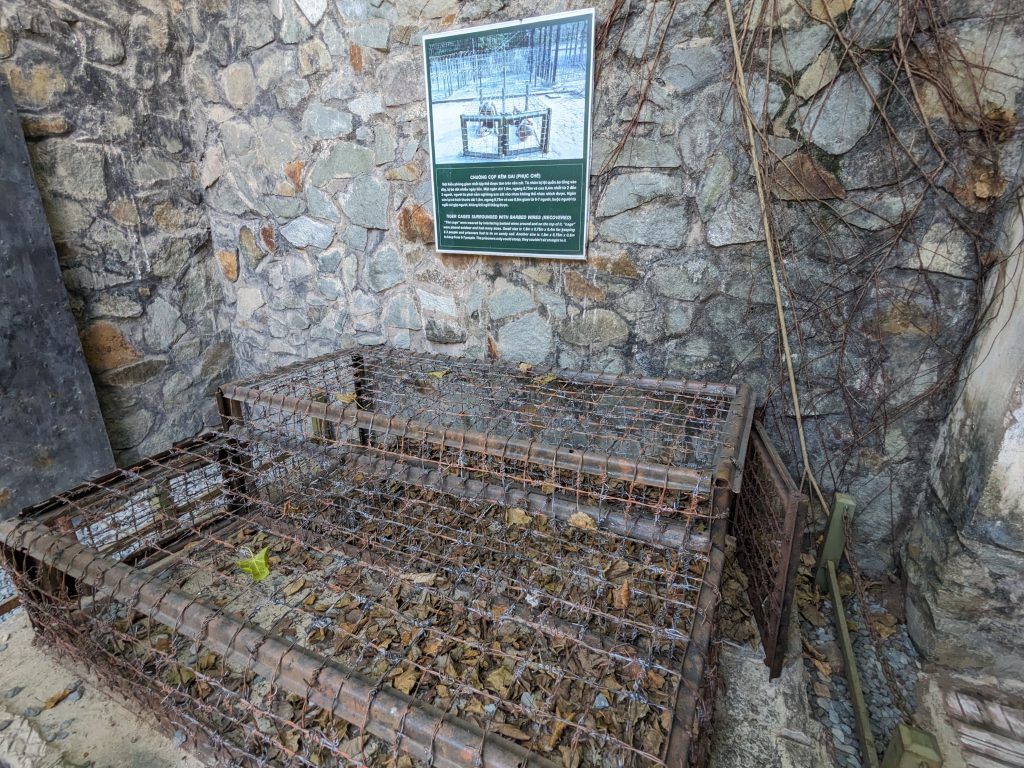
Reunification Palace
Reunification Palace is the elaborate former home of the president of South Vietnam. The Vietnamese government left it as it was as a testament to the corruption of that regime. It has a ton of conference rooms, some private apartments and the living quarters of the ruling family.




The helicopter the president always had at the ready for any trips he wanted to take.

The most fascinating part is the large underground bunker and tunnel system the palace contained.


Ho Chi Minh City Museum of Fine Arts
The Museum of Fine Arts is a wonderful place to visit. The building was originally built around 1930 by a French architect for a wealthy Vietnamese family. It’s a charming building, yet is now a bit dowdy with age. The artwork inside is mixed in quality, but with some really nice pieces.


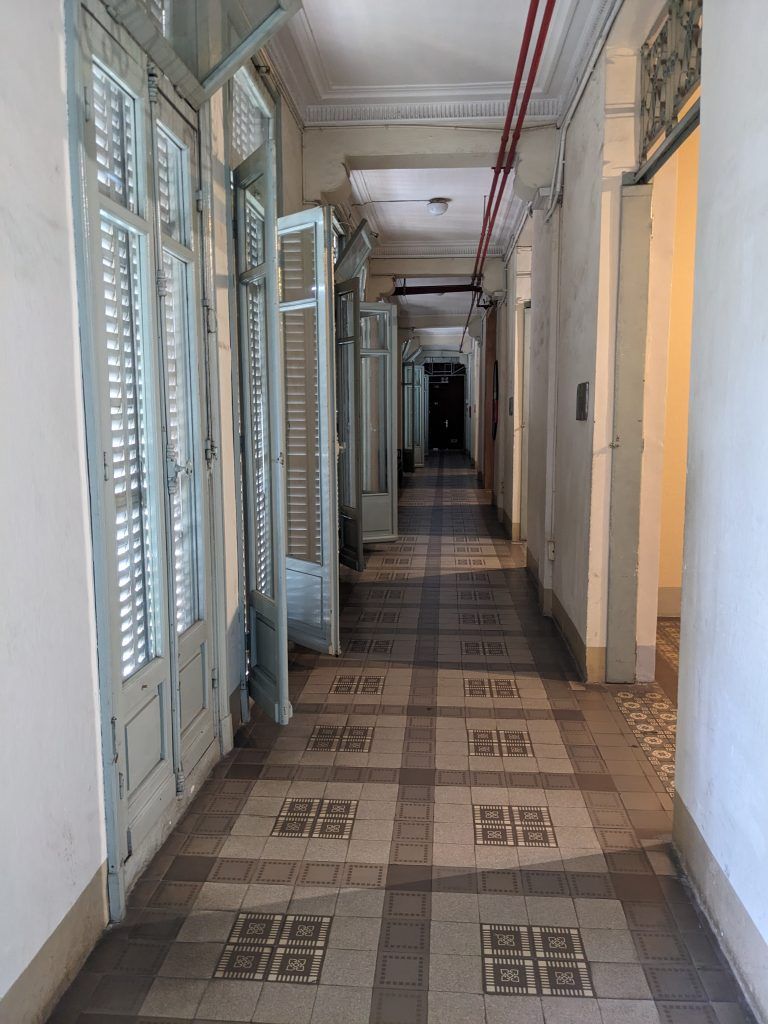
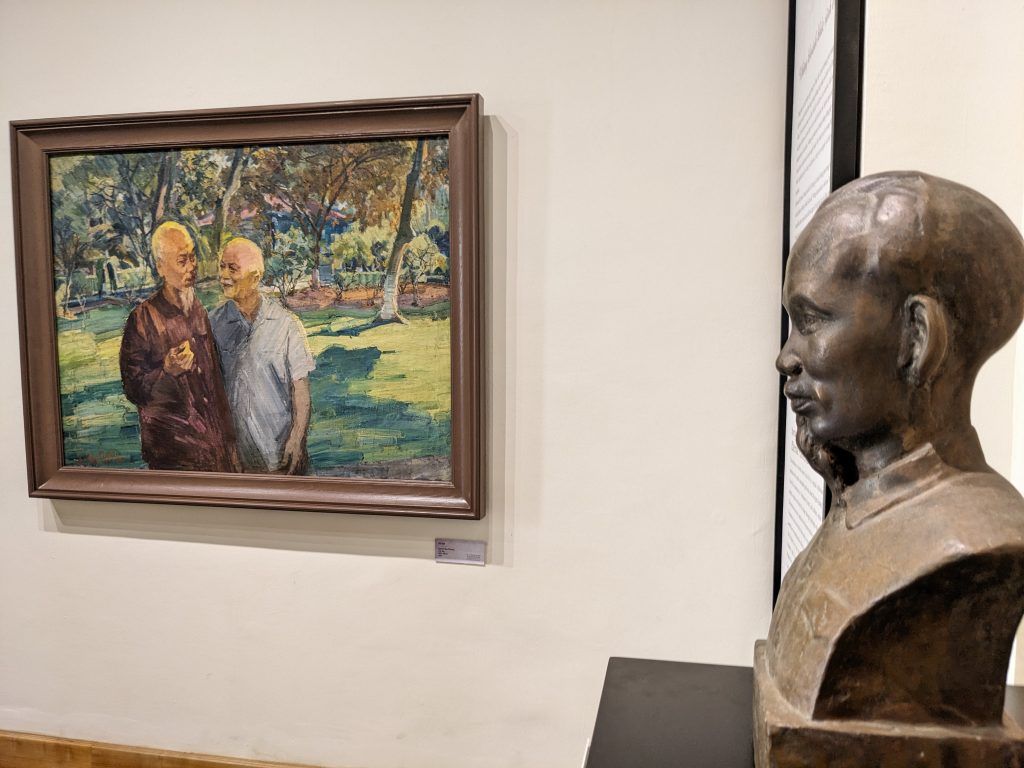




Museum of Ho Chi Minh City
The building was originally built by the French in 1890 to house the Museum of Commercial Trade. It now houses a series of exhibitions on the history of Saigon/Ho Chi Minh City.

To be honest the exhibits are not that great.


The real show here is the continuous stream of Vietnamese couples using the staircases as a venue for their wedding photos.

I stayed in a really nice Airbnb studio apartment on a small alley street in the heart of the city.



